Expansion of Passenger Vessel Fleet
The Passenger Vessel Propeller Market is experiencing growth due to the expansion of the passenger vessel fleet. As tourism and leisure travel continue to rise, there is an increasing need for new vessels equipped with advanced propulsion systems. This expansion is particularly evident in regions with burgeoning tourism sectors, where investments in passenger ferries and cruise ships are on the rise. According to industry reports, the global cruise industry alone is expected to see a fleet expansion of approximately 30% by 2030. This surge in new vessel construction directly correlates with the demand for high-performance propellers, as shipbuilders seek to enhance operational efficiency and passenger comfort. Consequently, the Passenger Vessel Propeller Market stands to benefit from this fleet expansion, as manufacturers strive to meet the evolving needs of the maritime sector.
Growing Popularity of Luxury Cruises
The Passenger Vessel Propeller Market is experiencing a surge in demand due to the growing popularity of luxury cruises. As more travelers seek unique and high-end experiences, cruise lines are investing in new vessels that offer enhanced amenities and services. This trend is reflected in the increasing number of luxury cruise ships being launched, which often require specialized propeller systems to ensure optimal performance and passenger comfort. According to market forecasts, the luxury cruise segment is expected to grow at a rate of approximately 7% annually over the next five years. This growth presents a lucrative opportunity for manufacturers in the Passenger Vessel Propeller Market, as they strive to develop propellers that cater to the specific needs of luxury vessels, thereby enhancing their competitive edge.
Increasing Demand for Eco-Friendly Solutions
The Passenger Vessel Propeller Market is witnessing a notable shift towards eco-friendly solutions. As environmental regulations become more stringent, there is a growing demand for propellers that enhance fuel efficiency and reduce emissions. This trend is driven by the need to comply with international standards, such as the International Maritime Organization's regulations on greenhouse gas emissions. Consequently, manufacturers are investing in research and development to create innovative propeller designs that minimize environmental impact. The market for eco-friendly propellers is projected to grow significantly, with estimates suggesting a compound annual growth rate of over 5% in the coming years. This shift not only aligns with regulatory requirements but also appeals to environmentally conscious consumers, thereby driving growth in the Passenger Vessel Propeller Market.
Rising Investment in Maritime Infrastructure
The Passenger Vessel Propeller Market is benefiting from rising investments in maritime infrastructure. Governments and private entities are increasingly allocating funds to enhance port facilities and develop new passenger terminals. This investment is crucial for accommodating the growing number of passenger vessels and ensuring efficient operations. For instance, several countries are undertaking major port expansion projects to support the anticipated increase in cruise ship arrivals. Such developments not only improve the overall passenger experience but also create a demand for advanced propulsion systems, including high-performance propellers. As infrastructure projects progress, the Passenger Vessel Propeller Market is likely to see a corresponding increase in demand for innovative propeller solutions that meet the operational requirements of modern vessels.
Technological Innovations in Propeller Design
Technological innovations are playing a pivotal role in shaping the Passenger Vessel Propeller Market. Advances in materials science and computational fluid dynamics have led to the development of more efficient and durable propeller designs. These innovations not only improve performance but also reduce maintenance costs for vessel operators. For instance, the introduction of composite materials has enhanced the strength-to-weight ratio of propellers, allowing for better fuel efficiency and maneuverability. Furthermore, the integration of smart technologies, such as sensors and monitoring systems, enables real-time performance analysis, which can optimize propeller operation. As these technologies continue to evolve, they are likely to drive significant growth in the Passenger Vessel Propeller Market, with manufacturers increasingly focusing on R&D to stay competitive.


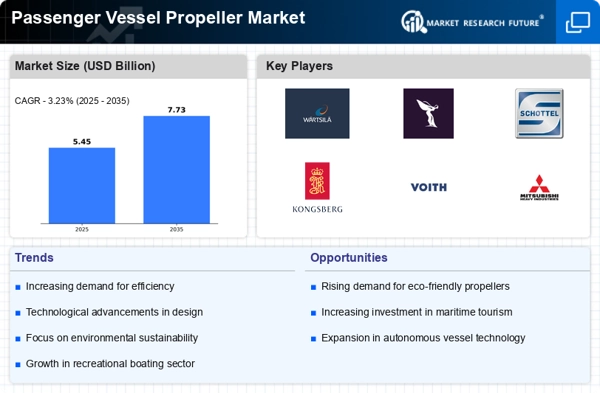
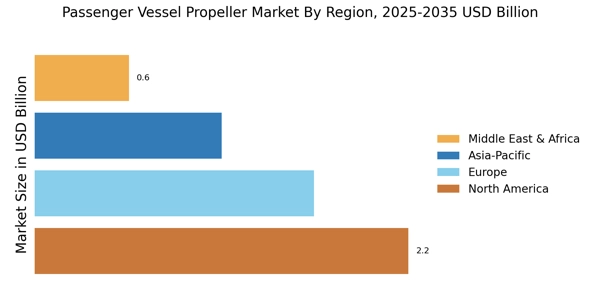
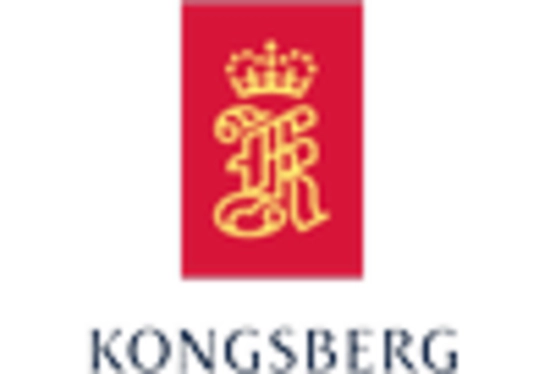



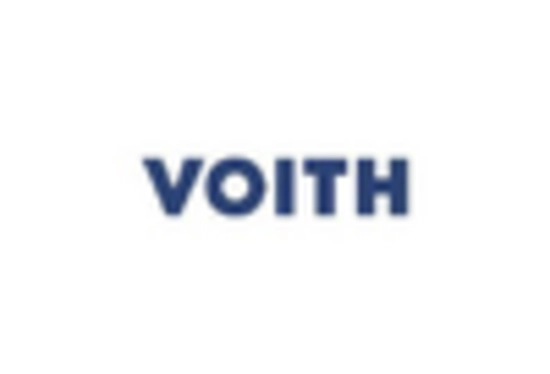
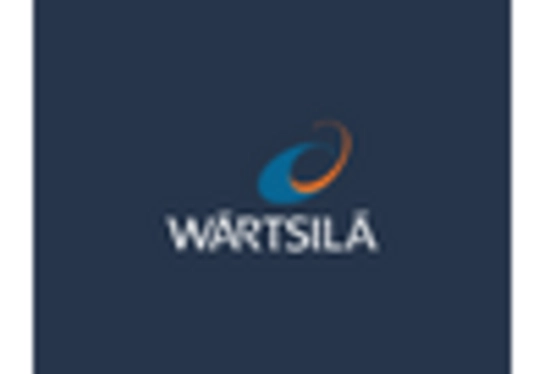








Leave a Comment